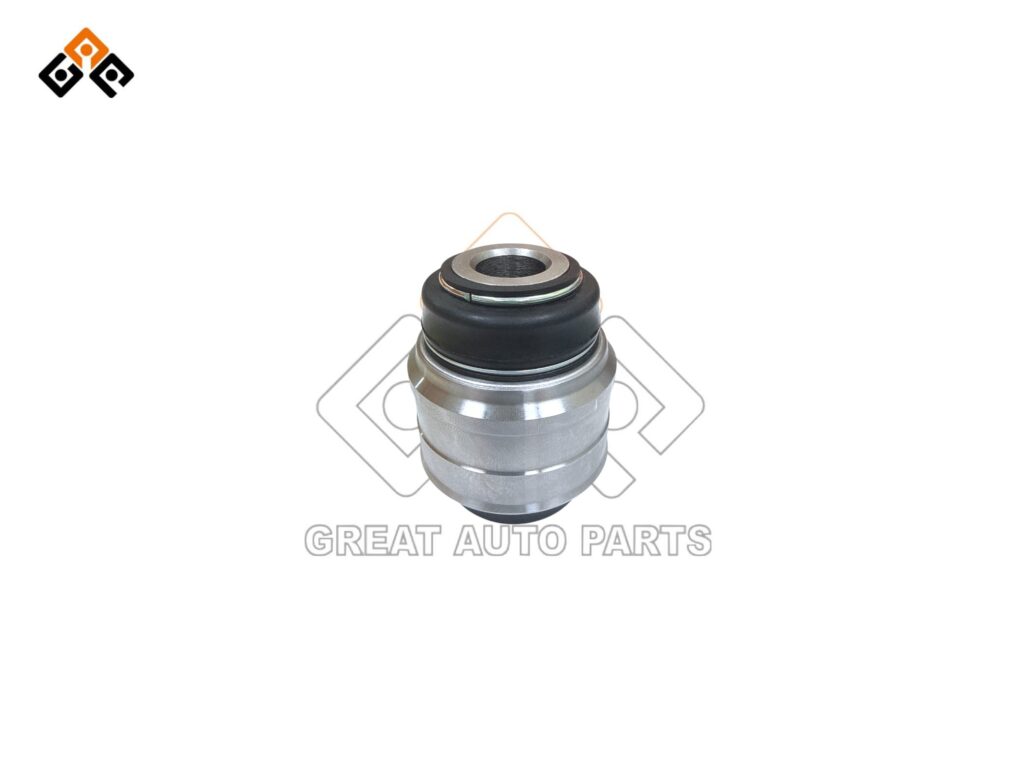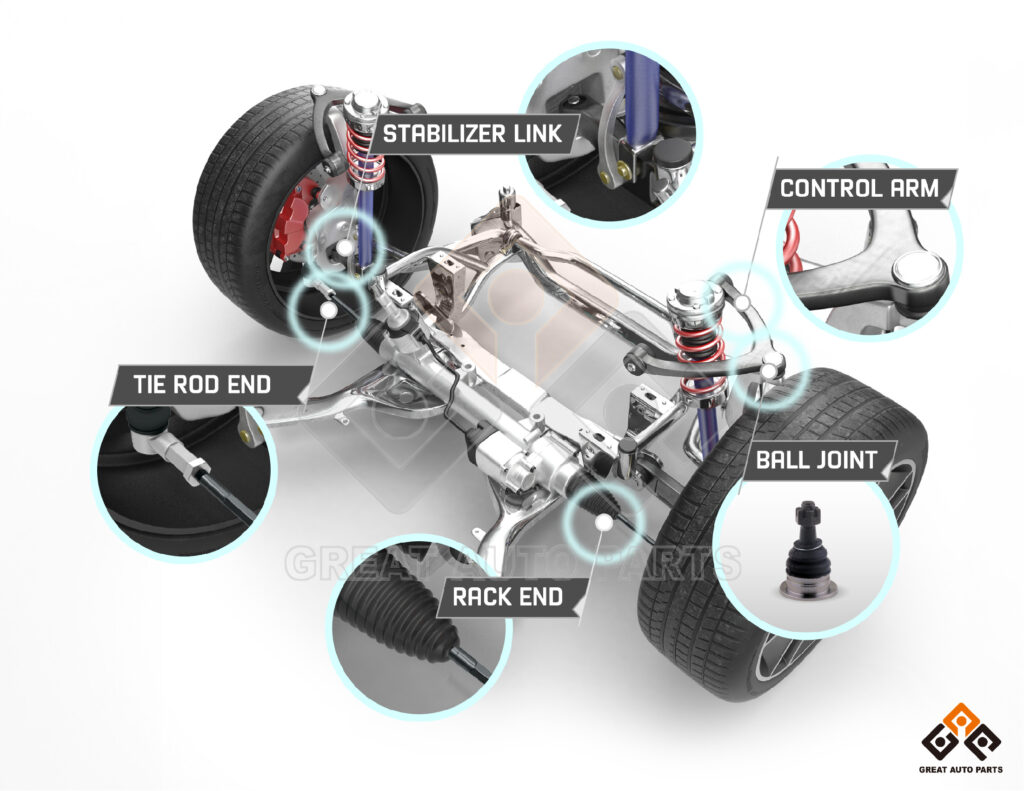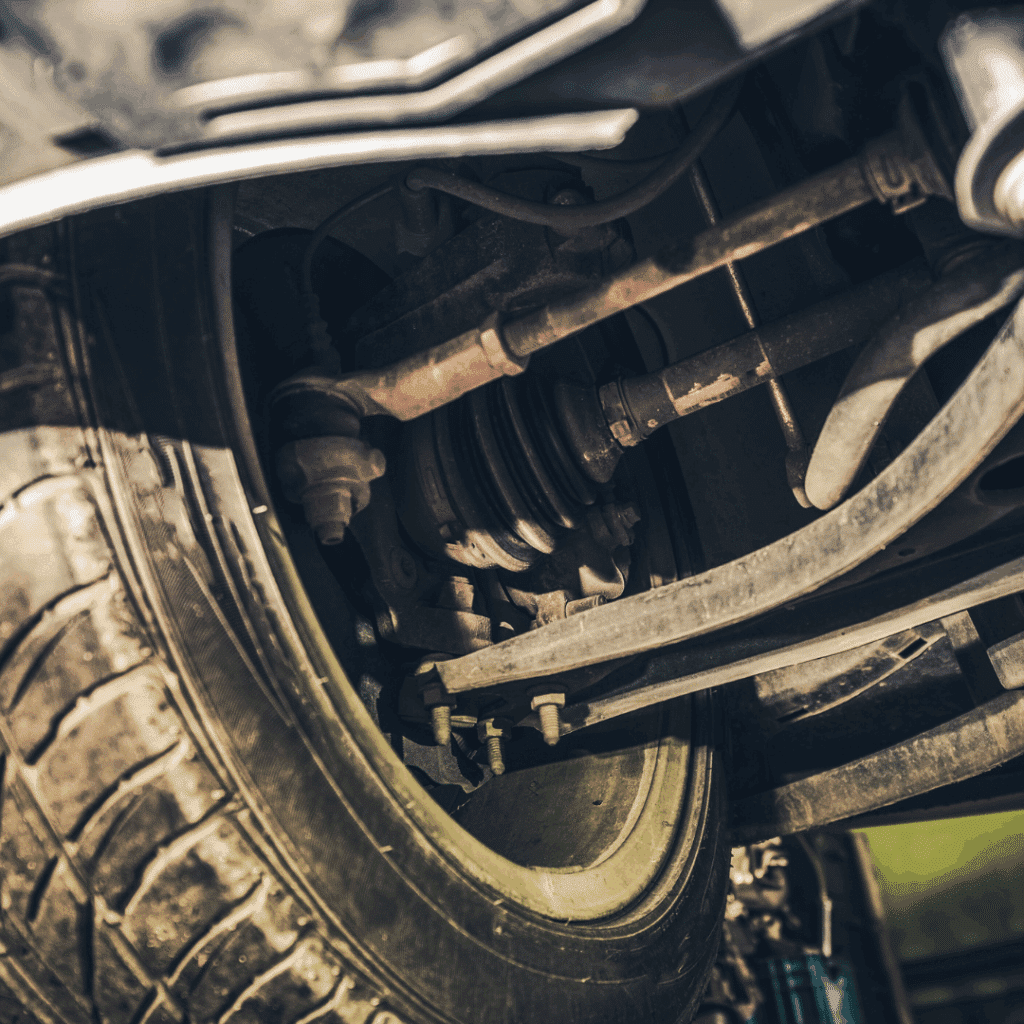Worn Bushings Replacement: How It Affects Suspension Performance
Have you noticed your car wobbling on turns or heard clunking noises on bumpy roads? These could be signs that your bushings are worn out. Timely worn bushings replacement not only restores ride comfort but also improves steering, prevents uneven tire wear, and protects other suspension parts from costly damage.
The Basics of Suspension Bushings
Bushings are small but essential suspension components made of rubber or polyurethane. They absorb vibrations, reduce noise, and cushion impacts between parts such as control arms, stabilizer bars, and strut mounts. Without healthy bushings, your car loses stability, alignment suffers, and driving comfort decreases.
How Bushings Work In a Car’s Suspension
Think of bushings as mini shock absorbers. They flex to absorb impacts while keeping metal components from grinding against each other. During worn bushings replacement, mechanics restore this buffer function, ensuring smoother handling and a quieter ride.


Where to Find Bushings On Your Vehicle
Bushings are strategically placed throughout a vehicle’s suspension and steering systems to manage movement and reduce noise. You can find them in:
- Control Arms: Bushings are located where the control arm connects to the vehicle’s frame and steering knuckle, allowing the wheel to move up and down while maintaining proper alignment.
- Stabilizer (Sway) Bars: Bushings mount the stabilizer bar to the chassis and link to the suspension arms, reducing body roll during turns.
- Strut Mounts: Bushings here absorb impact and vibration from the road, providing a buffer between the strut and the vehicle’s body.
- Tie Rods: On certain steering components, bushings help connect the tie rod ends, ensuring precise steering response.
- Leaf Springs: Found on many trucks and SUVs, leaf spring bushings connect the springs to the vehicle’s frame, providing a durable connection that can handle heavy loads.
3 Ways to Prevent Premature Bushing Wear
While bushings are designed to withstand stress, you can extend their lifespan with proper care and maintenance.
- Avoid Potholes and Bumps: Repeatedly hitting large potholes or speed bumps at high speeds puts immense stress on your suspension system, causing bushings to wear out faster. Drive carefully and try to avoid road hazards whenever possible.
- Maintain Proper Alignment: A vehicle with misaligned wheels forces suspension components, including bushings, to work harder. Get your alignment checked regularly, especially after hitting a major pothole or curb, to ensure your suspension is operating efficiently and without unnecessary strain.
- Regularly Inspect Your Suspension: During routine oil changes or tire rotations, ask your mechanic to perform a quick visual inspection of your suspension components. Early detection of cracks, tears, or signs of wear allows for a timely worn bushings replacement, preventing them from causing further damage to other parts.
Choosing The Right Bushings for Your Vehicle
| Vehicle Type | Performance Focus | Recommended Bushing Type |
| Sedans | Comfort & noise reduction | Soft rubber bushings |
| SUVs & Trucks | Durability & heavy loads | Reinforced rubber or polyurethane |
| Sports Cars | Precision handling, reduced body roll | High-density rubber or poly |
| Heavy-Duty Vehicles | Extreme stress & stability | Reinforced or leaf spring bushings |
5 Signs You Need Worn Bushings Replacement
- Clunking or squeaking noises when driving over bumps
- Loose or unresponsive steering at higher speeds
- Excessive vibrations in the steering wheel
- Uneven tire wear with bald spots or irregular patterns
- Visual cracks, deformation, or leaking fluid in bushings
How Worn Bushings Affect Steering and Handling
- Loose or unstable steering
- Poor alignment and uneven tire wear
- Excessive body roll during turns
- Reduced braking efficiency
- Increased road noise and vibration
Replacing worn bushings restores steering accuracy and ensures safer handling.
Damage Worn Bushings Can Cause to Other Components
| Issue | Impact on Components |
| Misaligned suspension | Uneven tire wear, reduced lifespan |
| Excessive stress | Premature wear of tie rods, control arms |
| Metal-on-metal contact | Damage to stabilizer bars and joints |
| Shock/strut damage | Reduced suspension performance |
| Higher repair costs | Cascading failures in suspension system |
Advanced Materials for Longer-Lasting Bushings
Modern replacement bushings use hybrid composites, thermoplastics, or graphene-infused rubber for greater strength and flexibility. Some even feature smart sensors to monitor wear, making worn bushings replacement more efficient and predictive.
Environmental Impacts of Delaying Worn Bushings Replacement
Increased fuel consumption → Higher greenhouse emissions
Frequent tire replacement → More tire waste and pollution
Energy-intensive repairs → Larger carbon footprint
Reduced efficiency → Wasted resources and higher emissions
